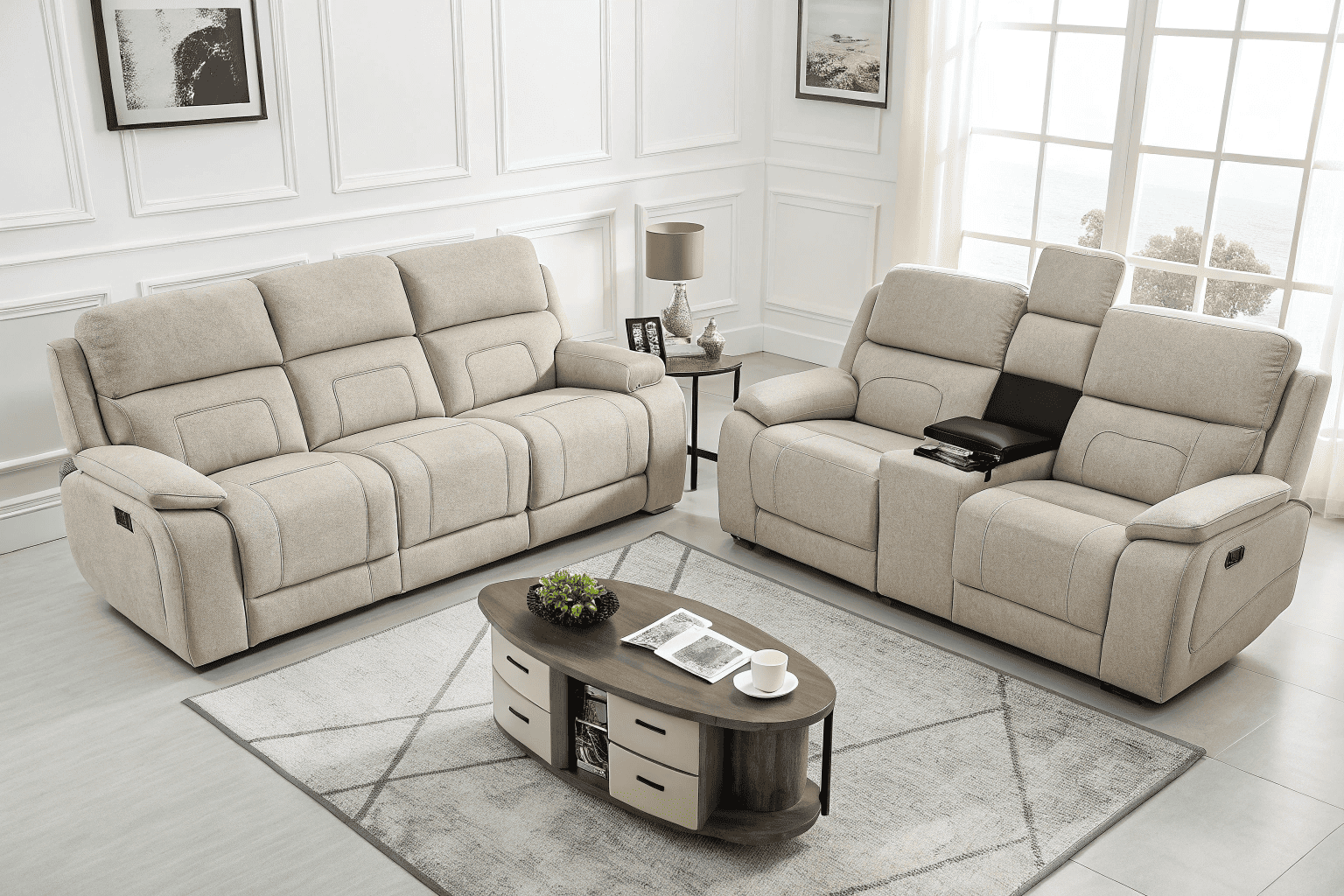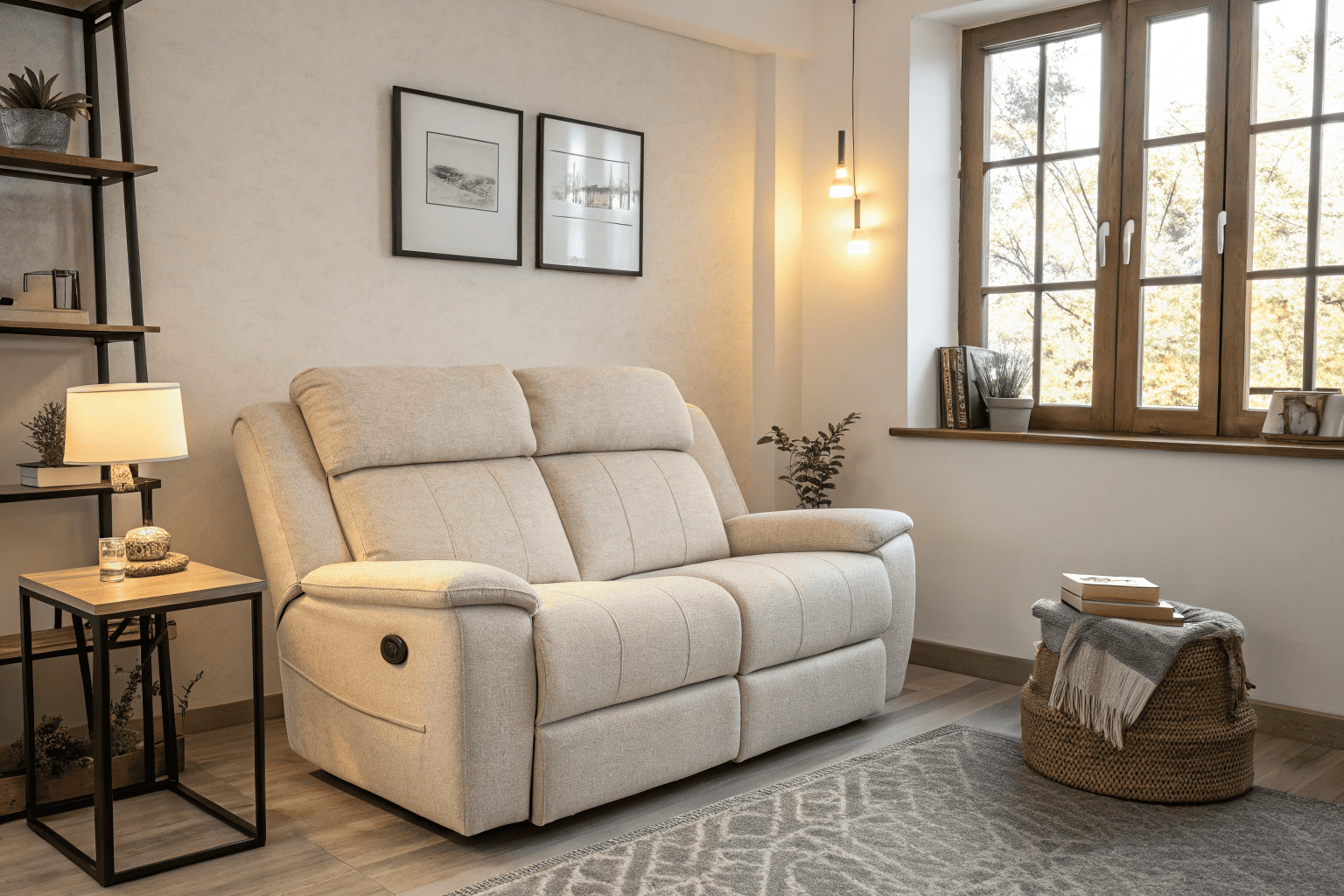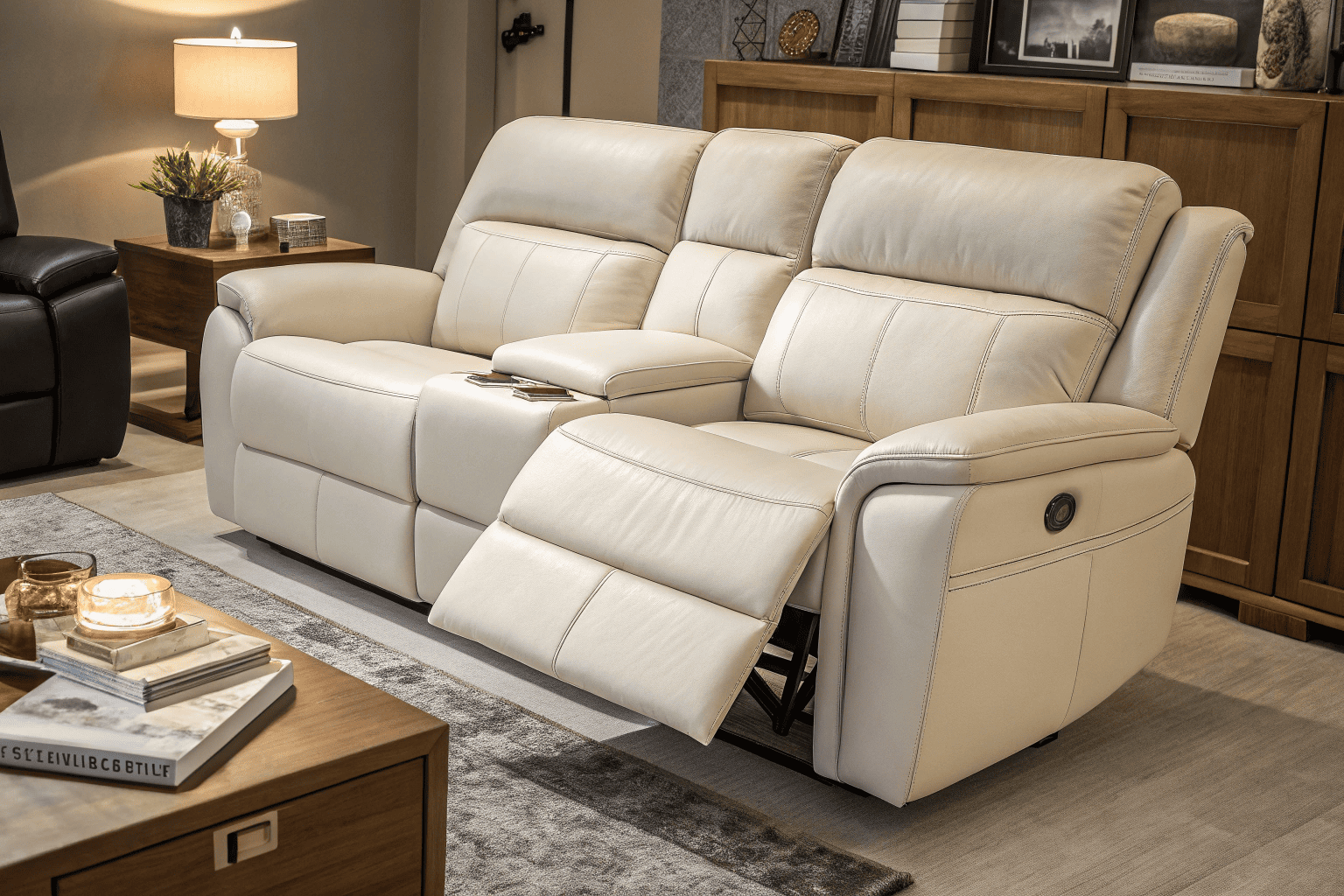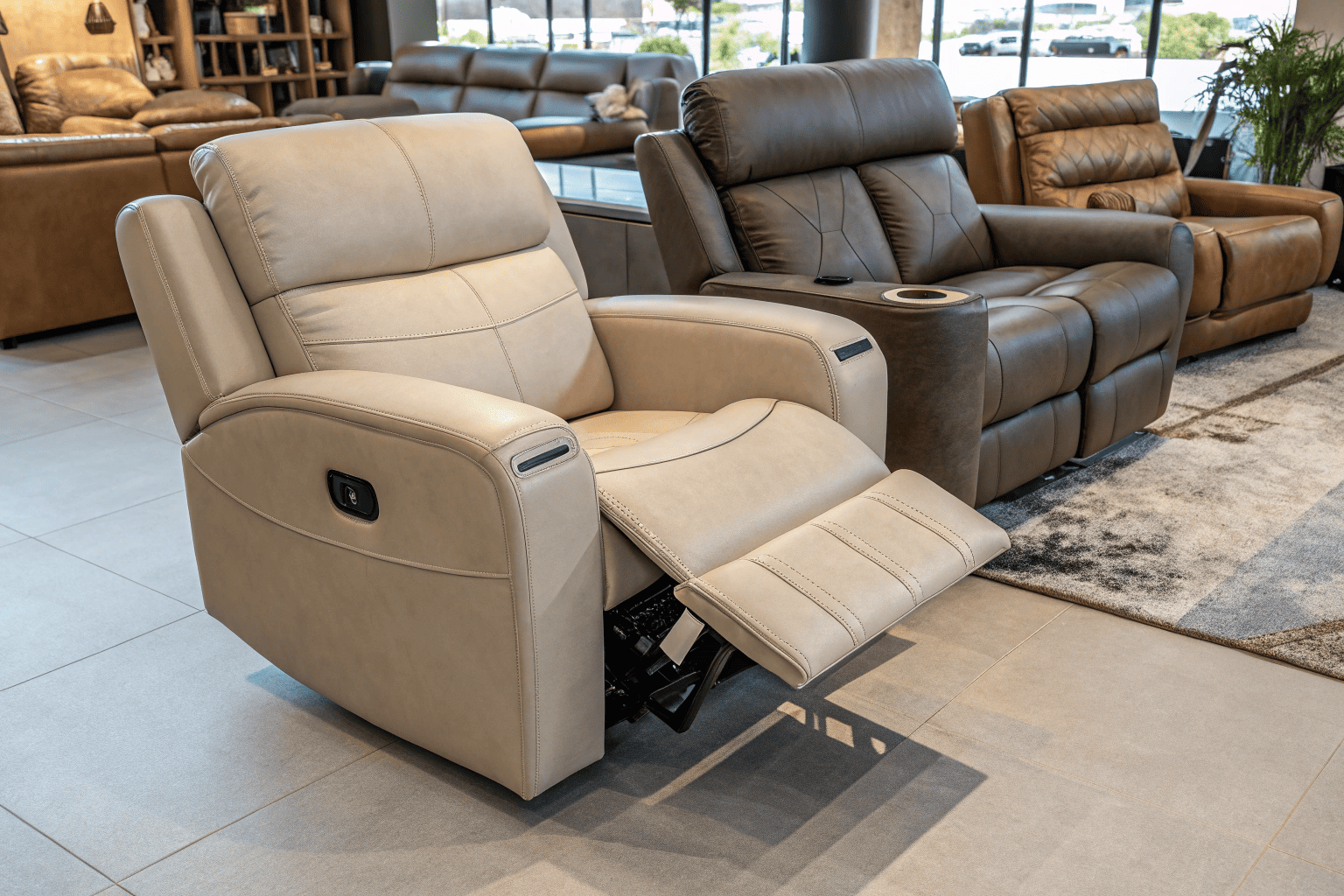People often choose recliner sofas just by size—but that’s not the whole story. A 2-seater and 3-seater recliner can look similar yet perform very differently depending on your project needs.
2-seater recliners are better for compact spaces and budget-sensitive projects, while 3-seaters work best for families or shared seating areas.

If you’re unsure which to buy for your market or next container order, keep reading. I’ll walk you through the pros, cons, and real buyer feedback we’ve seen from 30+ countries.
Should You Choose a 2-Seater or 3-Seater Recliner for Your Project?
Some buyers pick based on looks or price—but different models serve very different needs. Picking the wrong size can cost you sales.
Choose 2-seaters for tight layouts or smaller households. Go for 3-seaters where families want more space and full functionality.

Understanding How Project Use Affects Sofa Size
Let’s break it down by common application type:
| Use Case | Recommended Size | Why |
|---|---|---|
| Hotel rooms | 2-seater | Saves space, easier to deliver and install |
| Serviced apartments | 2-seater | Compact and cost-effective |
| Family homes | 3-seater | More comfort, space for multiple users |
| Rental properties | 3-seater | Better visual impact, supports more occupants |
| Small urban flats | 2-seater | Space is tight, simpler layout |
| Living rooms in villas | 3-seater | Spacious, often matched with single recliner chairs |
If your buyers are developers or hoteliers, they might care more about layout and space-saving. For retailers in residential markets, they usually want the model that looks bigger and includes more features like cup holders or USB ports.
What Are the Benefits of a 2-Seater Recliner Sofa?
When space is limited, bigger is not always better. Many projects can’t handle a full-sized 3-seater.
A 2-seater recliner is easier to fit, cheaper to ship, and works better in small spaces.

Why Importers Still Love the 2-Seater
Logistics and Cost Advantages
2-seaters use less material and take up less space in a container. That means lower freight cost and faster offloading. You can also fit more units per container, which increases your unit margin.
Better for Narrow Rooms or Layouts
Many hotel rooms or apartments have fixed wall lengths or tight corners. A 2-seater fits more flexibly and avoids space congestion. For apartments under 90 sqm, this is especially important.
Ideal for Dual Recline Models1
Unlike 3-seaters that may skip the middle seat recliner, a 2-seater usually offers both seats with recline. This provides a better experience for both users.
Easier to Handle
From warehousing to final delivery, lighter and smaller recliners reduce handling damage and labor costs. This also makes them more attractive for online sales platforms.
Is a 3-Seater Recliner Truly for Three People?
Some customers feel misled when they see only two seats reclining. This causes complaints.
Most 3-seater recliners only have 2 reclining seats. The center is usually fixed to avoid mechanical issues.

Why the Middle Seat Doesn’t Recline
Mechanical Simplicity and Cost
Adding a reclining mechanism to the center seat makes the internal frame more complex. It also increases the risk of early wear or unbalanced structure.
Spacing Limitations
Each recliner seat needs space behind and underneath to move. If all three seats recline, they might clash or stick due to narrow spacing or weight imbalance.
Center Console Option
Many 3-seaters use the center seat as a non-reclining console area. It can include cup holders, storage boxes, or USB charging ports. This is a smart trade-off between comfort and utility.
Customer Education Is Key2
We always advise our B2B buyers to explain this clearly in their product descriptions or catalogs. Misleading photos that show three fully reclining seats can backfire post-sale.
Common Downsides of Recliner Sofas (and How to Avoid Them)
Recliners are popular, but they’re not perfect. Many importers don’t spot design flaws until customers complain.
Common issues include mechanical failure, uneven recline, bulky dimensions, or poor fabric performance. All can be avoided with better sourcing.

Top Problems—and How We Help Buyers Avoid Them
Mechanism Failures
Low-quality recliner parts often fail after 6–12 months. We solve this by sourcing from brands like OKIN and using thicker steel components. Our testing cycle runs 5,000+ times before shipment.
Uneven Recline Feel
Poor frame design leads to misaligned recline angles or uncomfortable transition zones. We use CAD simulation and joint testing to match recline geometry to seat proportions.
Bulky and Hard to Deliver
Some recliners, especially 3-seaters, can’t fit through doorways or lifts. That’s why we design split-back or KD (knock-down) structures for easier transport.
Fabric or Faux Leather Peeling
In humid or high-use areas, poor upholstery materials can peel fast. We always offer fabric options suitable for tropical climates and test faux leather for anti-humidity performance.
Space, Comfort, Budget: Key Factors to Consider
Every project has different limits. Sometimes, the layout or cost structure determines what’s possible more than style.
If space is tight, go with a 2-seater. If comfort and family use matter more, a 3-seater may be worth the cost.

How to Balance Priorities When Choosing Sofa Size
Room Size and Layout
Measure your average room sizes. A 3-seater can range from 200cm–230cm wide, while a 2-seater may stay under 170cm. Factor in wall clearances, side tables, and TV viewing distance.
User Comfort Preferences
Ask your customers what they value: do they want more seating, or better comfort for two people? A dual recline 2-seater often provides a better experience than a 3-seater with only 2 reclining seats.
Total Budget Per Unit
Include freight cost, warehousing, and local delivery when calculating landed cost. If you’re running on a tight price point, the 2-seater may help protect margin.
Style Preferences by Market
In some regions like South America, bigger sofas sell better. In others like Southeast Asia, compact models perform best. Always test your assumptions with small volume orders first.
Manufacturer’s Note: What Buyers in 30+ Countries Are Choosing
We’ve helped buyers in hotels, apartments, show homes, and retail chains. The best-selling size depends on their market and customer type.
2-seaters win in projects with limited space. 3-seaters dominate family-focused markets with more living room space.
As the owner of a recliner sofa factory that has served clients in over 30 countries, I’ve seen firsthand how the choice between 2-seater and 3-seater recliners depends heavily on the market segment and project type.
For example, our hospitality clients in the Middle East and Southeast Asia often prefer compact 2-seaters—usually with electric or manual recline—for their hotel rooms or service apartments. Space-saving designs and easy installation matter more than extra seating.
In contrast, residential developers and furniture retailers in South America usually go for 3-seaters with dual or triple recline, often combined with console storage and cup holders, because families want comfort and function in one piece.
Many buyers ask why some 3-seater recliners only have 2 reclining seats. The answer is simple: to maintain proper spacing and avoid mechanical complexity in the middle. We often recommend this layout for durability and cost control.
From a manufacturing point of view, we always suggest buyers start with both models in their sample order, test them in their local market, and see what resonates with their end users. We support flexible combinations, including split models (2R+1 or 2R+1+1), and mixed container loading.
Whether you’re furnishing a modern hotel, a model home, or a retail chain, our team can customize the foam structure, fabric texture, reclining mechanism, and even electrical specs to match your project needs. We’ve also partnered with trusted mechanism suppliers to ensure smooth performance and long-term reliability.
If you’re not sure which size will sell better in your market, feel free to reach out—we’re happy to share layout suggestions, popular configurations, and catalog updates based on your region.
At the end of the day, recliner comfort is not just about size—it’s about function, fit, and feeling right in your customer’s home or project space.
Conclusion
Choosing between a 2-seater and 3-seater recliner isn’t just about length or number of seats. It’s about how that sofa fits your project goals, space limitations, and customer habits. 2-seaters offer flexibility, cost-efficiency, and dual-recline comfort for tight layouts. 3-seaters bring more space, added function, and better appeal in family or residential markets. Both can be smart choices if used correctly. If you’re unsure, test both. Listen to local buyers. Compare performance after real use. That’s what we help clients do across 30+ countries—and we’re ready to help you too.
